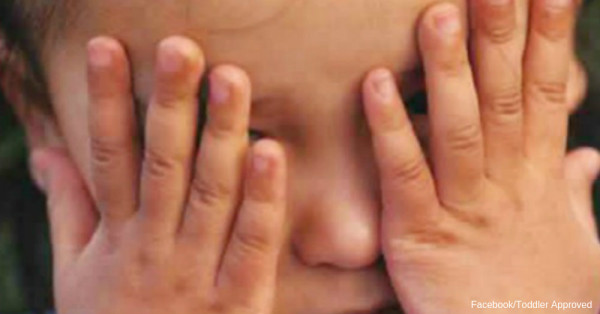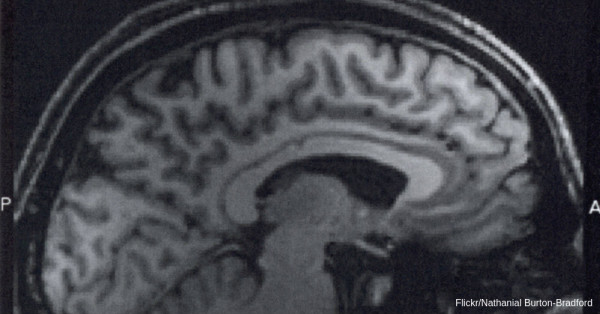
WHAT IS SPD?
SPD occurs when the brain interprets all sensory input coming through vision, taste, touch, hearing, and smell as being equally important. When this occurs, the child experiencing it is typically overloaded. Some neuroscientists liken SPD to a traffic jam in which all the sensory input being processed by the brain just stops.
The outward results of this traffic jam often manifest in behavioral problems, depression, physical clumsiness, and anxiety. Some children with SPD are hypersensitive, easily distracted, and unable to regulate their own emotions, and parents often don’t know how to help these kids.

WHAT’S HAPPENING IN THE BRAIN?
A 2013 study at the University of California, San Francisco showed that children with SPD may have measurably different brain structure than other kids. MRIs of the brains of children who manifest SPD without also having autism or other complicating disorders show abnormal microstructures in these children’s sensory white matter tracts in the back sections of their brains. This was a breakthrough, since it provides evidence that SPD is a brain-based disorder rather than a purely behavioral one. The abnormalities seem to interrupt the normal timing of sensory transmissions, making it difficult or almost impossible for the child to integrate sensory information across his senses. The abnormalities found actually differed significantly from those typically found in children affected by autism spectrum disorders or ADHD, which occur in the frontal sections of the brain. These findings help show that SPD is indeed a disorder in its own right and not necessarily connected to the autism spectrum.

HOW CAN YOU HELP A CHILD WITH SPD?
Therapy and treatment for SPD often places children in sensory-rich environments to provide play-based interventions. Occupational therapy and listening therapy are commonly part of treatment, and speech therapists or physical therapists may also contribute to an overall treatment plan. Activities involved in treatment often focus on gross motor skills, rhythm and timing, visual and auditory processing, and cognitive skills. Occupational therapists typically design activities to help each child succeed. Work with your therapist to learn what therapeutic activities might be helpful at home and be a part of your child’s challenges and successes.
You can supplement your child’s SPD therapy at home by performing daily exercises with them that focus on the eyes and the major muscle groups. Nutrition and behavior interventions may also make a difference. Give your child some brain training each day, focusing on activities designed to meet their specific needs.
Understanding what’s going on in your child’s brain and how best to help them also enables you to be an excellent advocate for your child in the world at large. Communicate with your child’s teachers about their progress, and suggest activities and strategies that can help your child thrive at school.

Children with SPD can improve their abilities to process sensory output if all their neurological deficit areas are targeted. Addressing sensory processing skills is a first step that opens the door to other valuable treatments, including behavior modification and tutoring. Occupational therapists who specialize in SPD should direct therapy, but parents can supplement that therapy at home and provide a connection to their child’s school in a way that promotes the best possible outcome. To learn about the experience of SPD from someone who lives with it every day, watch this video on The Autism Site.